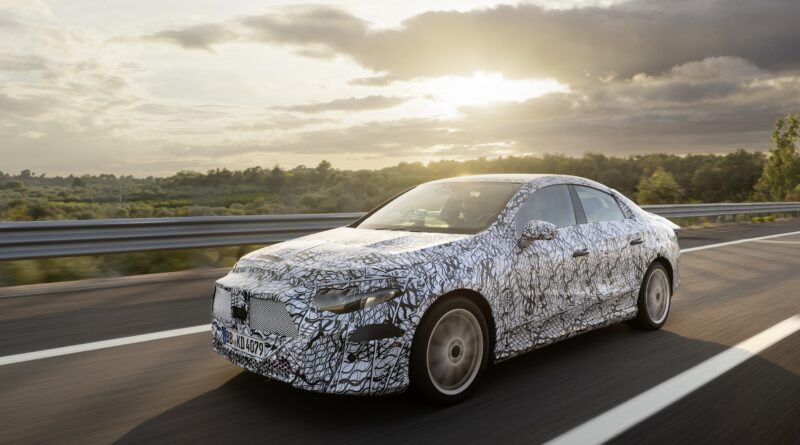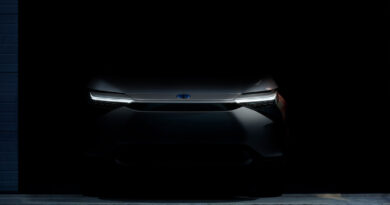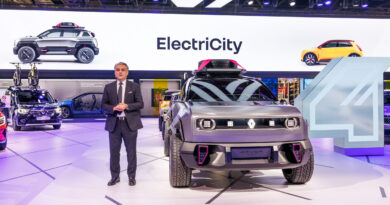300km charge in 10 minutes: Tesla Model 3-rivalling Mercedes-Benz CLA reveals its pioneering EV tech
Mercedes-Benz has revealed that the 2025 Mercedes-Benz CLA will be one of the most advanced EVs ever when it’s launched next year, with the small sedan detailing state-of-the-art tech that will be shared with all future Benz EVs.
The headline news is the Tesla Model 3-sized sedan will be able to cover up to 750km on a single charge, be capable of being fast charged at up to 320kW with owners being able to add as much as 300km of range in little more than 10 minutes.
Better still, thanks to an advanced new powertrain that includes a trick two-speed transmission and ultra-slippery aerodynamics the CLA will be one of the most efficient EVs yet and be capable of averaging just 12kWh/100km – beating the 13.2kWh/100km average of the most efficient Tesla Model 3 Rear-Wheel Drive.
READ MORE: 2024 Mercedes-Benz EQB 250+ review: The LCT-busting prestige seven-seater to battle Kia’s EV9
READ MORE: Move over Toyota LandCruiser and Prado, Mercedes-Benz confirms electric G-class off-roader family
READ MORE: Beijing show: Benz rips the covers off 432kW 3.0-tonne electric G-Class and it’s coming to Australia
READ MORE: Face off! Updated Mercedes-Benz EQS electric saloon gets S-Class grille and styling cues to tempt more buyers
Unlocking the unrivalled efficiency is the next-generation EDU 2.0 (electric drive unit) e-motor which will drive the rear axle and produce a healthy 200kW. A second (80kW) motor will be available on the front axle to provide all-wheel drive.
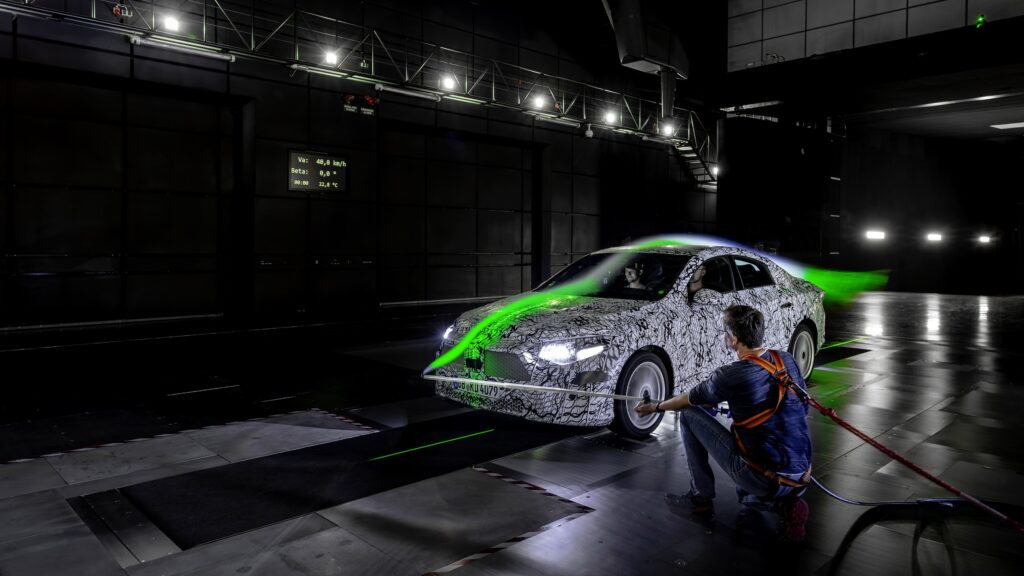
While others use a larger, heavier front motor it was ruled out on the grounds of efficiency and dynamics – the front motor is there simply to boost the larger rear unit – but both can be decoupled for more efficient coasting at highway speeds.
The result is a car that can return a battery-to-wheel efficiency of 93 per cent, according to Merc.
The CLA gets a two-speed transmission to ensure the motor is always operating at its optimum range, with engineers claiming it’s very efficient, even at its 210km/h top speed.
Minimising losses further, along with its slippery aero, is an inverter that includes silicon carbide and is packaged with the transmission controller into a single unit.
Offered with two batteries: low-end variants will score a 58kWh lithium iron phosphate (LFP) unit good for up to 600km while higher-end versions nab a more advanced 85kWh lithium nickel manganese cobalt battery (NMC) provides the maximum 750km range.
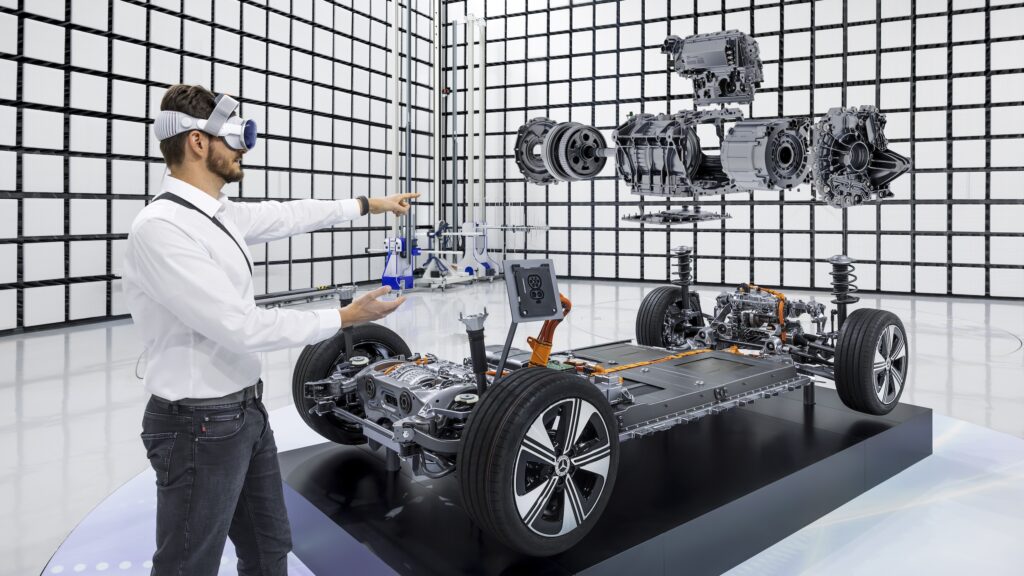
The bigger pack is the one capable of the 320kW fast charging, thanks to an anode that uses more silicon oxide within its graphite that can deal better with higher charge rates.
Not that the German brand wants buyers to focus on those anymore; in the future it wants all car-makers to quote how much range you can add over 10 minutes. That’s because it delivers an industry-leading charge speed, able to pump up to 300km of electricity in within 10 minutes.
As well as faster to charge, both batteries are 20 per cent lighter and 30 per cent cheaper to produce.
Cementing its claims of being both efficient on the move and super-quick to top-up, Benz has already humbled the Porsche Taycan by setting a new electric car record after a CLA covered an impressive 3717km in just 24 hours at Italy’s Nardo proving ground.
However, the attempt did see the prototype stop 40 times over the 24-hour period.
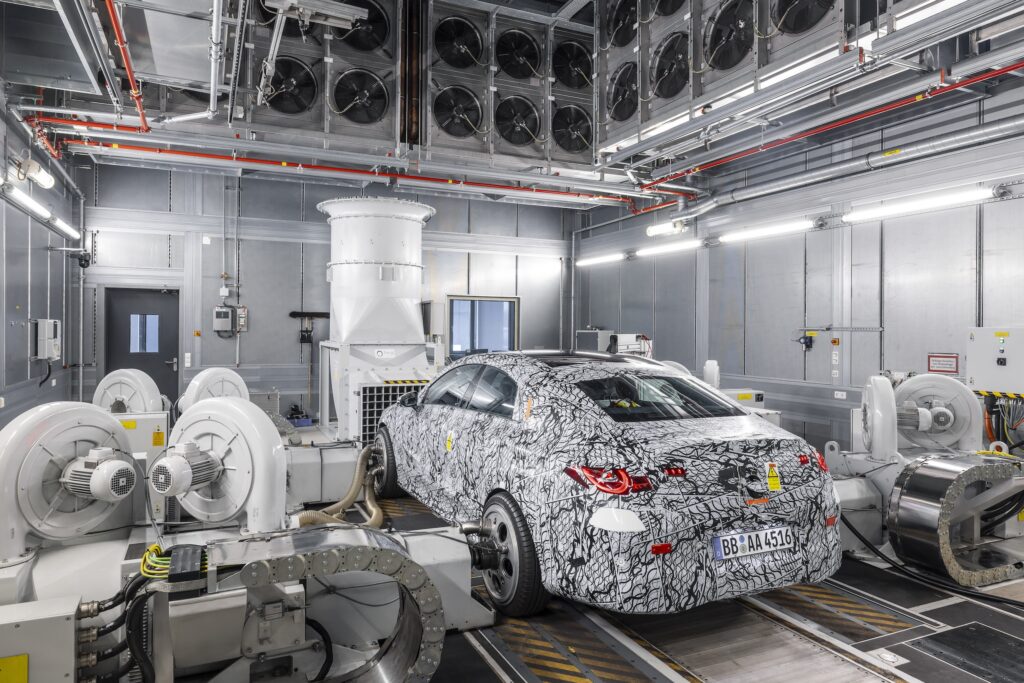
Other new tech ensuring the batteries deliver maximum efficiency hot or cold is an intelligent thermal management system that uses liquid cooling and an auxiliary heater.
In a crash, a heavy-duty casing protects the battery with Mercedes-Benz even going as far as creating its own pole impact test to enhance safety.
From launch, in a bid to reflect the global slowing uptake in EVs the CLA will also be offered with an all-new 48-volt mild-hybrid centred around an equally fresh 1.5-litre four-cylinder FAME (family of modular engines) petrol engine.
Combined with a small 1.3kWh battery and a 20kW e-motor that lives within an eight-speed dual-clutch transmission, the new 1.5-litre mild-hybrid is both lightweight and compact and will output 100kW/200Nm, 120kW/250Nm or 140kW/300Nm with the option of front- or all-wheel drive.
Capable of coasting at speeds of up to 100km/h, the new advanced hybrid recuperates up to 25kW of energy under braking, while offering seamless stop-start function that is so smooth it’s claimed to be imperceptible.

Other new tech to geek out on includes the F1-derived friction-cutting Nanoslide cylinder wall treatment and a trick cylinder head that sports a partially integrated manifold and turbocharger that neatly segments the exhaust gases to maximise the turbo’s efficiency.
The small petrol also has a high compression ratio (12:1) and runs the Miller cycle combustion process for maximum efficiency at lower revs.
Primed to offer luxury care levels of refinement, the small engine gains foam and aluminium pads, plus a double bulkhead to ensure you never hear it working hard for a living.
Exact timings for the Mercedes CLA are yet to be released but the advanced flexible MMA architecture that it’s based on will spin-off a CLA shooting brake wagon body, plus two SUVs, which is set to include the GLA’s replacement and the ‘baby G’ all-electric rugged SUV that has already been confirmed by the German brand.
It’s the latter that promises to be as capable a Suzuki Jimny off-road but is now set to also pack the car giant’s most advanced EV tech yet.

